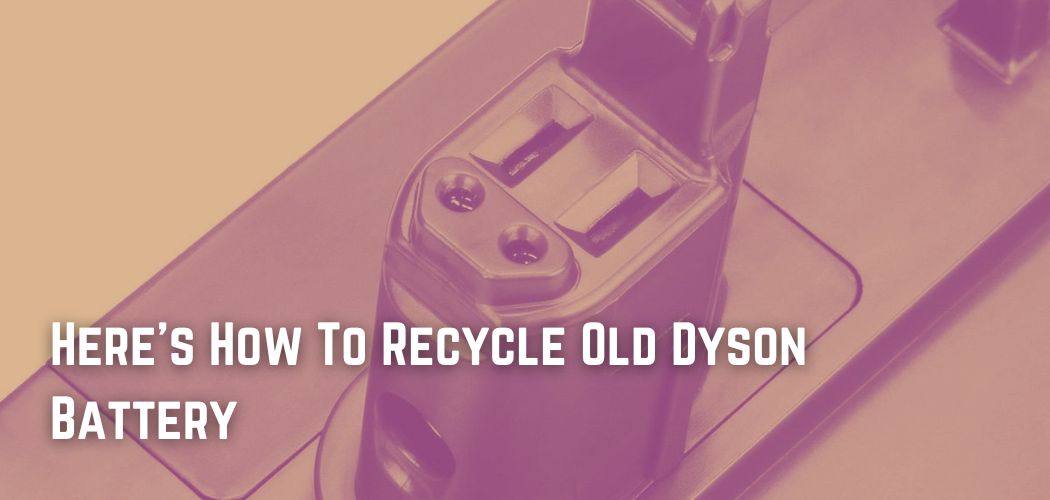When a household battery dies, do you know how to properly dispose of it? Or even which choice is the most sustainable?
Rechargeable batteries are available in a variety of forms and sizes. You can find them in your car and in most electronic devices, like cell phones, tablets, and laptops. There are also rechargeable alternatives to conventional alkaline home batteries.
With so many wireless devices in the house, it is important to know how to get rid of dead batteries. This might vary depending on their purpose.
Depending on where you live, you may need to throw away the batteries in your TV remote in a different way than the rechargeable batteries in your laptop or digital camera.
This is because it may be both dangerous and illegal to throw away the TV remote batteries.
Some of our goods may contain dangerous materials that can hurt people and the environment if they are not thrown away properly.
We are committed to the safe recovery of the WEEE we create and are members of REPIC, the biggest compliance scheme.
REPIC assists us and other major electrical producers in achieving WEEE goals. If you buy a Dyson upright or cylinder vacuum from us, we will pick up your old vacuum and recycle it.
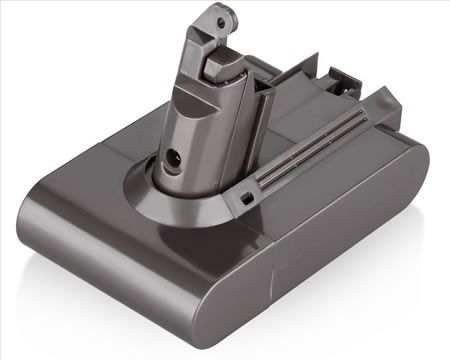
Dyson is also a participant in the Distributor Take-Back Scheme, a program through which merchants pay for the collection of used electrical equipment.
Lithium batteries can be smaller and lighter than other types of batteries while still being able to hold the same amount of energy. This has made it easy for people to quickly accept portable and cordless items that are smaller.
Paid Recycling Alternatives
At most Batteries + Bulbs stores, you can recycle rechargeable AAA, AA, 9-Volt, D, and C batteries. Most places demand a nominal fee. They are franchised, and each store offers unique (but comparable) programming.
When you buy a new tool, phone, or gadget at a hardware, phone, or electronics store, you may be able to recycle the rechargeable batteries from the old one. Typically, a purchase is necessary.
If none of these stores are in your region, or if you are recycling a different sort of battery, you may choose to consider Big Green Box’s mail-in alternative.
In addition, both Republic and Waste Management provide nationwide battery recycling through the mail.
What Is E-Waste?
The WEEE (Waste Electrical and Electronic Equipment) directive is a project of the European Union that says how all kinds of electrical and electronic waste should be collected, recycled, and reused in a safe way.
It applies to any device with a connector or battery.
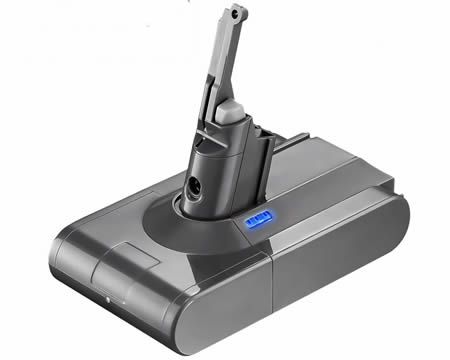
The WEEE regulation is a European law that puts duties on all EU member states in an effort to reduce the environmental effect of electrical and electronic products.
It necessitates a high degree of collection (including separate collection) of WEEE for treatment, recovery, and ecologically responsible disposal so that the volume of WEEE sent to landfills is drastically decreased.
How Can It Be Recycled?
Recycling begins with the separation of battery chemistries. Lead acid, nickel-cadmium, nickel-metal-hydride, and lithium ion are collected in specific drums, bags, or boxes.
Battery recyclers say that recycling could be cost-effective if there was a steady supply of batteries that were sorted by chemistry.
The first step in recycling is to use a thermal oxidizer powered by natural gas to get rid of flammable materials like plastics and insulation.
The scrubber at the power plant gets rid of the harmful particles made by the burning process before they are released into the air. This results in clean, bare metal-containing cells.
The cells are then reduced to microscopic fragments and heated until the metal becomes liquid. Nonmetallic substances are burned away, leaving behind a black slag that is removed by a slag arm.
While remaining in a liquid state, the alloys settle according to their weight and are skimmed out like cream from raw milk.
Cadmium is a very lightweight element that evaporates at high temperatures. A fan propels cadmium vapor into a long tube that is cooled with water mist in a process that resembles a pot of boiling water spilling over.
The condensing vapors generate cadmium that is 99.5% pure.
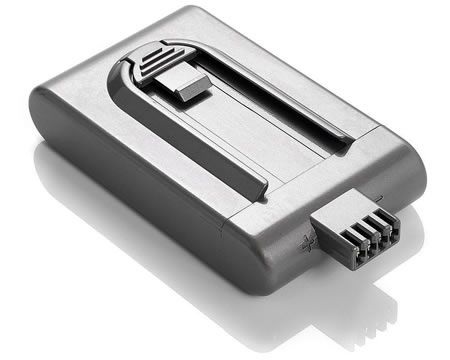
Some recyclers do not separate the metals on-site but instead pour the liquid metals directly into containers known in the industry as “pigs” or “hogs” (2,000 pounds, 746 kg).
Other recyclers use nuggets (7 pounds, 3.17 kg). The piglets, hogs, and nuggets are transported to metal recovery operations, where they are processed into nickel, chromium, and iron for stainless steel and other high-end goods.
Some recyclers use a liquid solution or freeze lithium-based batteries with liquid nitrogen to make it less likely that they will react when they are crushed.
But it’s still dangerous to mix Li-ion starter batteries with lead acid ones, because a charged Li-ion is much more explosive than lead acid.
Recycling batteries is energy-demanding. According to reports, it takes six to ten times as much energy to recover metals from some used batteries as it does from mining.
Free Recycling Alternatives
Call2Recycle is a non-profit organization that runs the largest rechargeable battery recycling program in the United States. It has a recycling search engine that can help you find a store that usually takes rechargeable batteries for free.
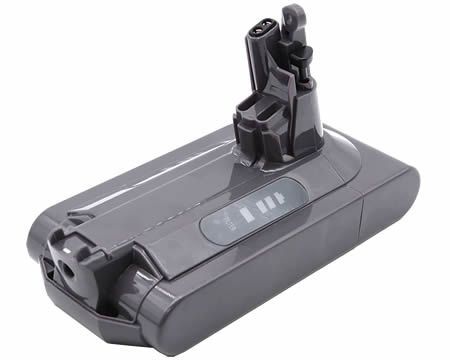
The following firms collect rechargeable batteries for recycling free of charge through Call2Recycle:
- AT&T
- Best Buy
- Black & Decker
- DeWalt
- Home Depot
- Interstate Battery Distribution Centers
- Office Depot Lowe’s Milwaukee Electrical Tool
Find out from your local municipality and solid waste district if batteries are collected for recycling or on days when hazardous waste is picked up.
Conclusion
Europe wants to get the price down to $300 per tonne. It costs between $1,000 and $2,000 to recycle one ton of batteries.
This would ideally include transportation, but getting the goods there and keeping track of them is expected to triple the price.
Europe is building a number of smaller processing plants in key locations to make shipping easier. This is due in part to the Basel Convention, which restricts the export of used lead acid batteries.
